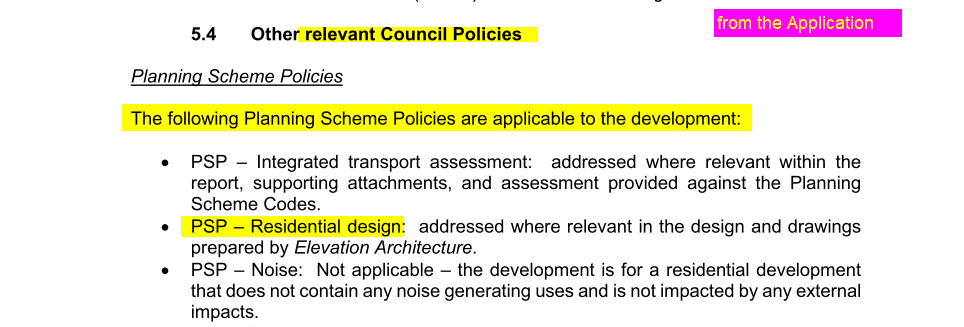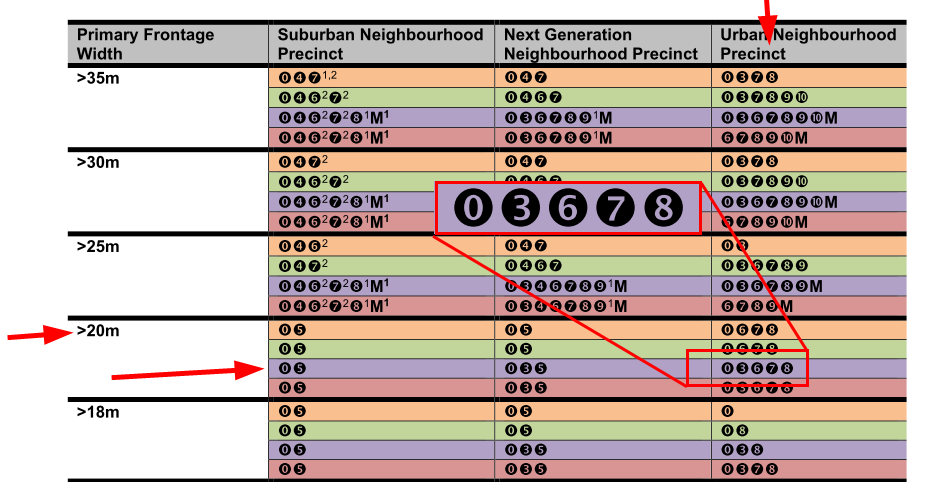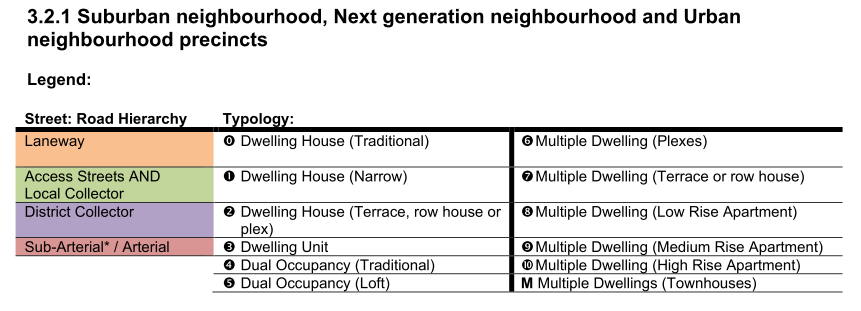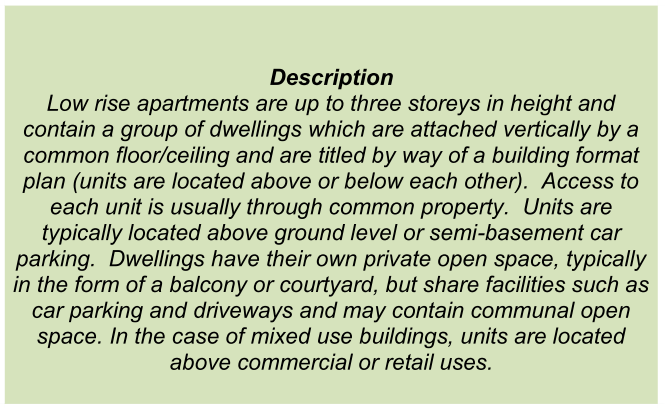PSP- Residential Design
A major deviance from the Adopted Policy is evident when we look at Section-3 (Residential typologies) of the Planning Scheme Policy - Residential Design planning instrument.
The PSP-Residential Design planning document is an integral component of the planning scheme. It states in its opening declaration:-
Moreton Bay Regional Council adopted this planning scheme policy on 24 November 2015.
DA Reference to PSP
The Development Application references the PSP-Residential Design in Section 5.4 - Other Relevant Council Policies:-

From the outset, as shown above, the DA application attempts to alert the Council Planning Department that the PSP - Residential Design is an integral component of the Planning Scheme and applies to the application for material change of use.
The neighbouring owners have, at every opportunity, alerted the Council to the relevance of the PSP-Residential Design and in particular to the Section-3 where the document presents that Section over 15 pages. Section-3 categorizes the built-form typologies and sets out where each of those categories could be utilised.
The PSP - Residential design states on page 14 :- " These typologies are utilised to demonstrate the variety of dwelling options available."
The Council, with its delegated approval of the application has significantly deviated from the Adopted Policy with the approval of a seven storey building where the maximum available built form in terms of the Adopted Policy is a three story building.
The assessment shows how the Council Planning Department has adopted the insidious practice of the normalisation of deviance and blatantly excludes mention of Section-3 from the Assessment Report because it deviates from the adopted policy.

This table from section 3 of the PSP-Residential Design policy instrument shows that the available typologies for the target site at 25 Marine Parade Redcliffe are in the set of [0,3,6,7,8]. The property is in the "Urban Neighbourhood Precinct" and it has a primary street frontage in the range of greater than 20m and less than 25m.
The set of available alternatives is:-
- 0 = Dwelling House (Traditional)
- 3 = Dwelling Unit
- 6 = Multiple Dwelling (Plexes)
- 7 = Multiple Dwelling (Terrace or row house)
- 8 = Multiple Dwelling (Low Rise Apartment)
A seven storey High-Rise apartment building is not one of the available options.
The authors of the Planning Policy - Residential Design did not consider a high-rise building appropriate for the target property thus it was precluded in such a location. By their detailed section within the PSP - Residential design it is clear that there was never any intent to allow a seven storey building on any property the size and location of the target property. The intent is clearly to limit any building height to three storeys.

Typology Legend
The Legend shows the types of buildings associated with the Typology designators in the set [0,3,6,7,8] that are valid and available for the target property.
These are:
- 0 = Dwelling House (Traditional)
- 3 = Dwelling Unit
- 6 = Multiple Dwelling (Plexes)
- 7 = Multiple Dwelling (Terrace or row house)
- 8 = Multiple Dwelling (Low Rise Apartment)

Low Rise Apartment
The PSP-Residential Design fully describes what a Low Rise apartment building is and how it is limited to three storeys. There is no way that could be reasonably interpreted as including, or the intent to include a seven storey apartment building.
The approval assessment report, on page 14, states:-
With reference to the height and scale of the building, it complies with the planning scheme requirements and is therefore not out of scale with what is intended by the planning scheme
Again, with this statement, it shows that the planning department of the Council has adopted a stance of the normalisation of deviance. They have stated that ” it complies with the planning scheme …”. That statement shows a blatant disregard for the Adopted Policy.
If the intent of the Planning Scheme was not to limit the height of available built-forms on small single lots, then why does the planning scheme instrument, across 15 pages of its residential design policy documentation, detail how and where those different built forms can be located?
The clear intent of the planning scheme is to only allow an up to three storey structure on a property where that property is located in an urban neighbourhood precinct, on a district collector street, and with a 21.5 metre primary frontage.
That above statement in the approval assessment report is totally misleading and egregiously deceptive, and it is in direct contravention of the City of Moreton Bay adopted planning policy.
The Planning Scheme Policy documentation shows that the tallest available typology option available for the target property is a three store apartment building. How can the assessor then state that the approval of a seven storey apartment building is compliant with the Planning Scheme intent? If the intent of the Planning Scheme was to allow a seven storey building on the target site, then that intent would have been written into the PSP - Residential Design document. The wrongful approval is an egregious breach of the planning policy.
Due Diligence
Prior to this non-conforming approval, a potential buyer of an adjacent property who undertook due diligence about what might replace what was a dilapidated house on the adjacent lot, would have discovered that the maximum available development on that lot under the Council adopted planning policy was a three storey building.
The adoption of this style of flawed logic through the normalisation of deviance has caused significant potential financial losses and induced personal anguish amongst neighbouring owners. Misleading logic and a deviant approval decision has been made despite repeated attempts by those affected having raised the non-compliance of the application with Council at every opportunity.
Code Assessment
Where an approval is made on an application deemed Code Assessable, it is reasonable to assume that any approval would be in full accord with the applicable planning scheme, and not with matters being deemed as “generally in accordance with…” policy documents.
Delegated Authority
An approval made under delegated authority should similarly be done in full accord with the applicable planning scheme. A test of the approval should be conducted where the word “generally” is used. By replacing that word with “genuinely” it shows where the metrics are non-compliant. Making that change to the use of "genuinely" reveals many deviances with metrics being non-compliant within the approval assessment.
Delegated Authority should always be given with firm parameters, and with continued oversight.